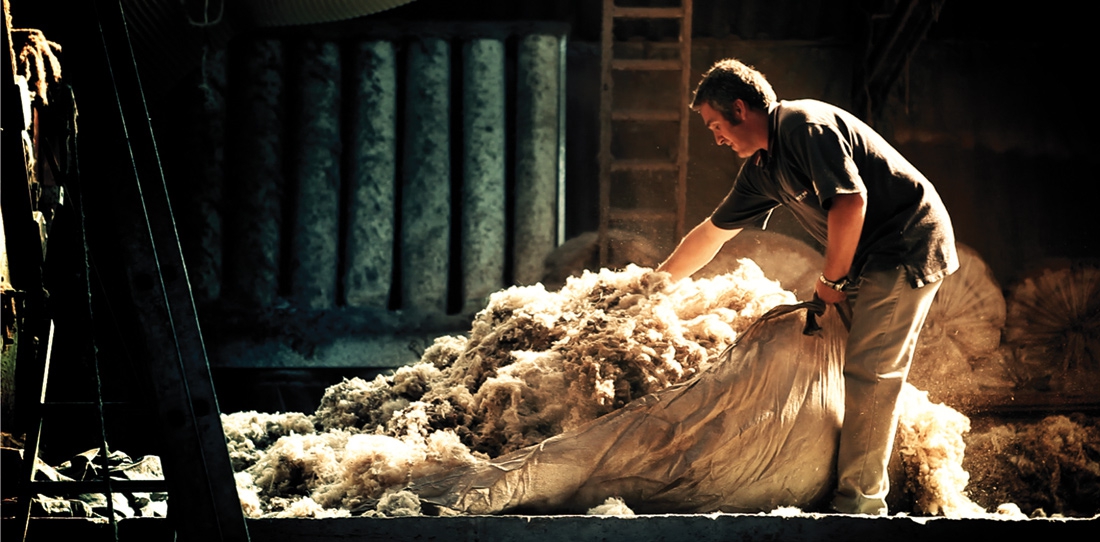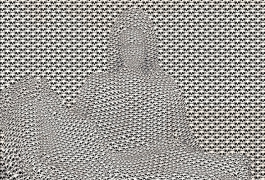Fleece's washing
Once they are sorted by fiber type and quality, the fleeces go through different preparing treatments before getting ready to be spun.
These wool-priming steps are conducted by specialized firms: wool washing. There is only a few remaining washing centers in France, among them the Lavage de Laines du Bourbonnais, right next to the Creuse department.
In its raw state, the wool contains a percentage of impurities that goes from 30 to 70%. To be able to be spun, it has to get rid of the maximum amount of foreign bodies (sand, soil residue, vegetal fibers, seeds etc.) and of most of the grease. This grease, called “suint” in French (wool grease), is produced by the sheep to protect himself. It is sometimes collected during the washing process, to be refined for the cosmetic industry (lanolin).
The washing process occurs in two steps: skirting (“louvetage” in French), which is a dry-cleaning treatment to dust the wool, then scouring, which is the passage of the wool throughout a series of hot baths (50 to 60°C/122 to 140°F) of water, soap and sometimes lye or any other degreasing base. The washing is progressive. Soaking comes first to eliminate soil residue and the water-soluble wool grease. Then the soap degreasing part allows the elimination of the non-water-soluble grease (the “suintine” in French) which only dissolves under the influence of soap. Then the wool gets rinsed and dried.
However, it is important to leave a tiny amount of lanolin, because when the wool gets too degreased, the following steps of carding and spinning would cause a problem and the weaving would be more difficult. Indeed, some clothes, tweeds for instance, need to keep a huge amount of grease.
Finally, some wools can be chemically whitened during the oxygenation phase. The wool can then get in the hands of the spinner, who will transform it in threads.







